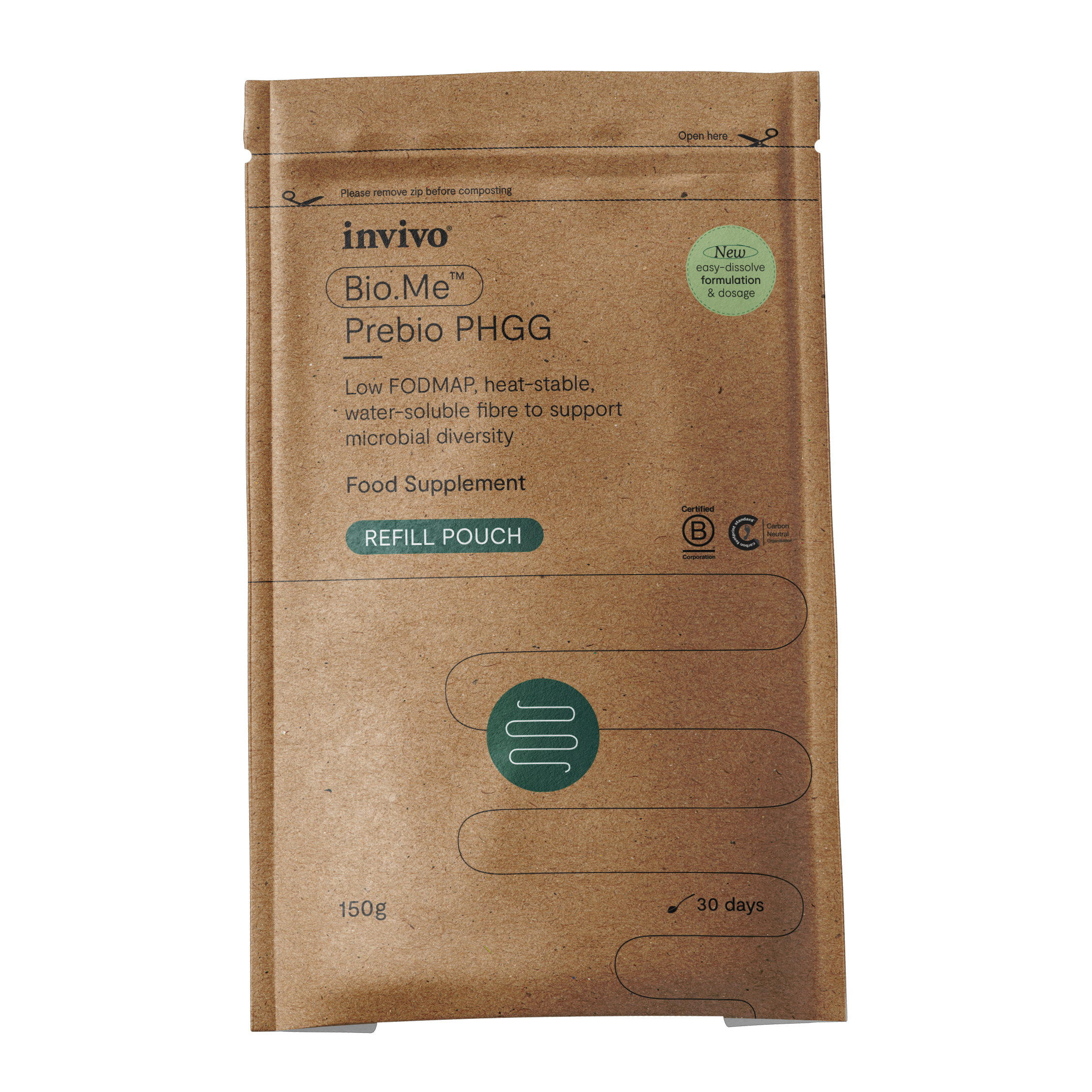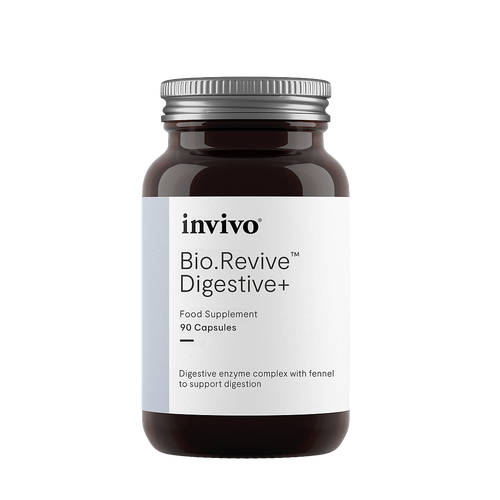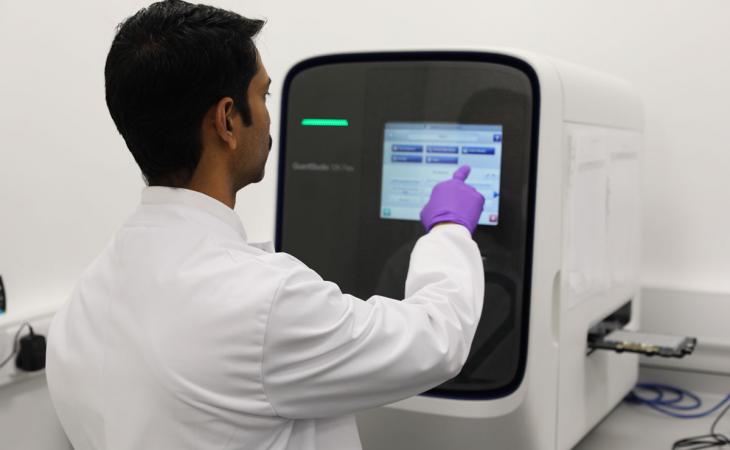Quality, Reproducibility & Standardisation
The EcologiX™ profiles have a two-step quality and control process that underlies the methodology: standardisation of the samples to a particular concentration of extracted DNA, and the use of an endogenous control to normalise the data.
There are many options in the microbiome testing market, especially for gut testing. Establishing a methodology that is the most accurate we currently know of in the microbiology field, and using the technology that enables that methodology was absolutely critical for us in the development of the EcologiX™ profiles. For this, we established an incredibly knowledgeable and experienced Scientific Advisory Board to join the Invivo lab team, and dedicated time and money to create profiles we are all proud of.
Standardisation
Samples vary significantly in terms of their composition – for instance, a stool sample varies in the amount of human DNA content, microbial DNA content, fibre, water, etc. Therefore, for accuracy and reproducibility, the Invivo Laboratory extracts a set amount of total DNA from the sample to analyse, as opposed to using a particular weight of the sample (e.g. stool). This means that the final result of microbial abundance will be obtained based on DNA concentration and not the weight of the sample. This removes many variables, limiting the risk of two samples from the same individual giving rise to different results, and allowing better comparisons between samples.
Normalisation & Relative Abundance = Personalised Data
The data is represented as a relative abundance of the target microbes compared to the ‘general’ microbial population available in the extracted DNA. We do this by using an endogenous control – the conserved portion of DNA for all microorganisms – to measure your ‘general’ microbial load within the sample.
This is your baseline – a representation of the general population of the microbiome in the given sample. This is the most precise way of using DNA to establish microbial gene abundance, as is used throughout research. We then target specific markers using TaqMan probes to establish the gene copy number per target microbe, which we can then present relative to the total microbial abundance.
By standardising the sample to a particular concentration of DNA, and normalising it using an endogenous control, gives us a more accurate representation of the microbial abundance of that individual. It also provides a baseline with which we can re-test and see differences in the microbial abundance after a protocol, and/or time.
Because we use relative quantification, you will not see ‘healthy’ reference ranges with which to compare your sample to. In line with microbiome research, the results of the EcologiX™ profiles are to be viewed in light of the context of your client, and the patterns of microbial expression and host health markers that the results show. There is not a binary ‘healthy/unhealthy’ reference range, dysbiosis and homeostasis can vary between individuals, and this can lead to clinical misunderstanding. For clinical interpretation, we must look at the host-microbiome interactions – the pattern and context.
What is ‘Pattern & Context Recognition’?
Microorganisms are in constant flux. They have a dynamic relationship with each other and with the host, largely mediated by the host’s immune function, diet, lifestyle, and hormones. The patterns of microbes we see in relation to the individual is what tells us the story. Looking at microbes in isolation through a ’cause and effect’ lens fails to respect the complexity of the ecosystem.
To help us view these patterns within the context of the individual, we include host biomarkers in the profiles. These markers help us to understand the functioning of the host, including the immune function via inflammatory markers, as well as digestive capacity, and potential loss of integrity of the epithelial lining, depending on the EcologiX™ profile of choice. If these markers are presenting as out of balance, then we must view the microbial patterns in light of that, as well as the context – the symptoms and medical history – of the individual.
What our advisory boards say about pattern and context recognition in research and clinical practice




